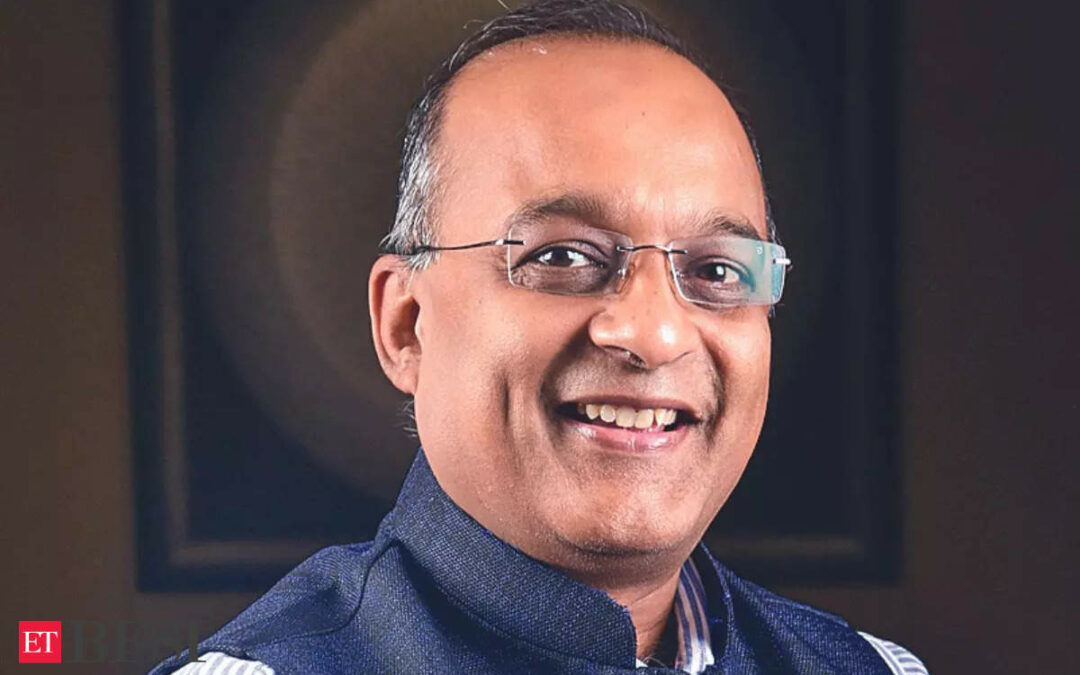HDFC Bank managing director Sashidhar Jagdishan expressed disappointment over deposits in the quarter to June, a period when volatility in current account flows caught the country’s largest private bank off guard.
“I know that the most important part of our strategy is deposits, and are we happy with the kind of numbers that have come about? Not really. It has fallen short of our expectations, but frankly if you see this, this is not something new,” Jagdishan said during an analyst call after HDFC Bank released its first quarter results on Saturday.
“But this time around, obviously we were a little bit surprised on the period-end numbers because of some unexpected flows in the current account which was more than what we had anticipated.”
The bank reported total deposits of Rs 23.8 lakh crore as on June 30, up 24.4% year-on-year. Gross advances grew much faster, accelerating 52.6% to Rs 24.9 lakh crore during this period. The wide gap between credit and deposit growth, which exerts pressure to mobilise funds, has been flagged as a regulatory concern by the RBI for the banking sector as a whole.
Within deposits, HDFC Bank’s current account savings account (CASA) deposits grew 6.2% YoY in April-June, with savings account deposits at Rs 5.96 lakh crore and current account deposits at Rs 2.67 lakh crore. CASA deposits are a low-cost source of funds for banks.
“Sashi did allude to the current account, how we got Rs 540 billion (Rs 54,000 crore) in March quarter and we did have a rundown of utilisation of the customers of Rs 430 billion (Rs 43,000 crore) in the June quarter,” said Srinivasan Vaidyanathan, chief financial officer, HDFC Bank. “Despite all of that we are the largest current account bank. Current account constitutes 11% of our total deposit stack. In March it was about 14%.” The bank, which merged with HDFC in July 2023, reported a net profit of Rs 16,170 crore for April-June, up 35.3% year on year.
Jagdishan said HDFC Bank’s ground-level teams would focus on the basics on a day-to-day basis, adding that emphasis on certain period-end numbers was leading to unintended performance-related pressures, which the lender wished to avoid.










